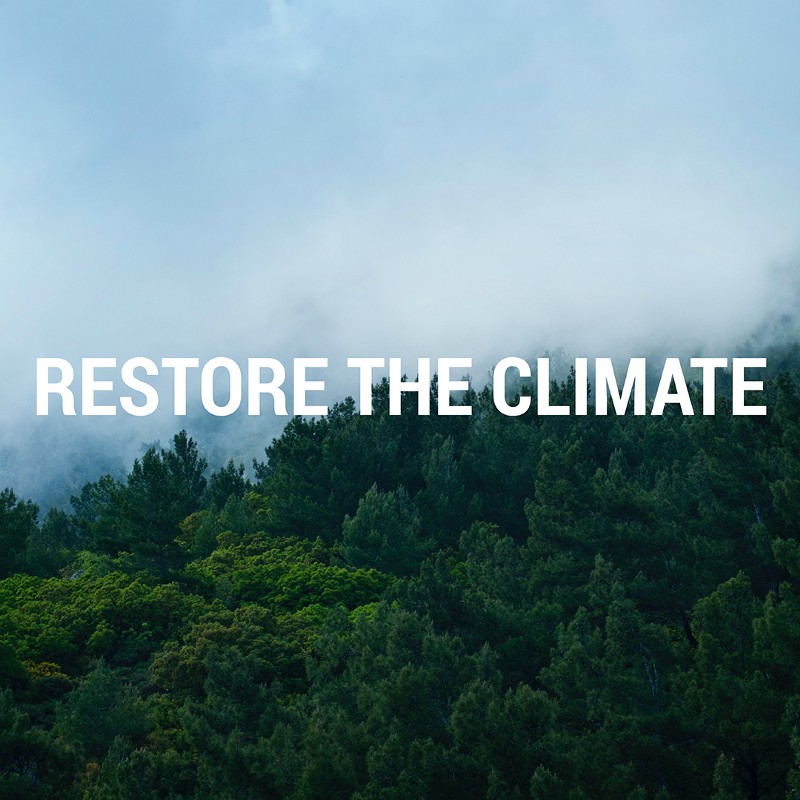Is Climate Restoration Possible?
The question we hear more than any other about climate restoration is, “Is it possible?”
It’s a good question, and we’re not going to answer it directly here because we’re not oracles. Instead, we’d like to dig into what’s behind this question and why we think we should be asking something else entirely.
We understand why people ask if climate restoration is possible. If you were to tell us that we could have something truly unpredictable, like $10 million in our bank account next week, we would ask the same question. And until we were assured that such a thing really was possible, and there were credible sources to back it up, we wouldn’t get our hopes up. Hope is a delicate, cautious thing for most of us.
So, hearing that there is an organization working toward a future that seems unpredictably rosy — a restored climate — it’s only natural that people are cautious and hesitant to buy in.

The thing to remember about climate restoration, though, is that it’s a goal. According to positivepsychology.com, “Setting goals helps trigger new behaviors, helps guide your focus and helps you sustain that momentum in life.” The purpose of the goal of climate restoration is to guide our collective efforts toward an outcome that would be beneficial to everyone.
Returning to the earlier example, let’s say that someone said their goal was to bring in $10 million next week. There would be a lot of questions: What’s your strategy? Do you have a history of raising that much capital? Do you have prospects already? If not, where are you going to find them? What happens if you don’t meet the one-week timeframe? Framing the $10 million as a goal makes the question of possibility irrelevant — the question becomes how.
The same goes for climate restoration. The key question is: What would it take to restore the climate?
Relevant follow-up questions might be:
- Who else is working on this? [A growing cadre of scientists, innovators, investors, policymakers, and citizens.]
- Why do the naysayers say it’s impossible? [Climate science is a predictive, descriptive science. We haven’t taken this engineering approach before where we set the goal we want and then look at what it would take to get there. Also, we don’t yet have enough viable solutions ready to scale but more are being developed all the time.]
- How would the climate action sector need to shift to bring about a restored climate? [The transition to a net-zero economy would need to accelerate, and the infrastructure for carbon dioxide removal (CDR) would simultaneously need to be massively scaled.]
- How much funding is needed, and where might it come from? [It’s hard to say, but depending on the types of solutions that do the heavy lifting, it could take mostly private investment in solutions that will be commercially viable once implemented.]
Humans are masters at bringing about unpredictable futures. Just look at space travel, the pyramids, the Nazca Lines, and so on. In each case, if you had asked beforehand, most people would have told you that these accomplishments were impossible. The proper tools didn’t exist. No one had done anything like it before. There was no evidence that it could be done.
Impossibility is no match for ambitious goals and boundless human innovation.
So let’s do something wild and unpredictable. Let’s restore our climate.